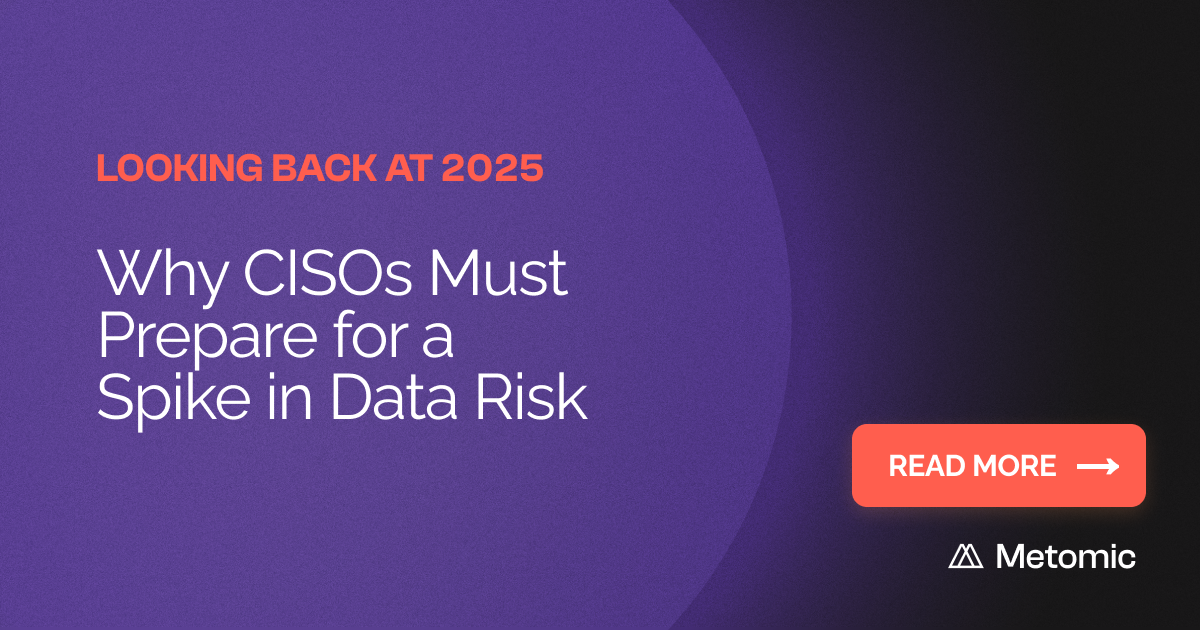The Hidden Danger in Your AI Workflows: Lessons from the AgentFlayer Attack
The AgentFlayer attack demonstrates how malicious documents with hidden prompts can hijack AI tools like ChatGPT to steal sensitive data from connected cloud storage accounts, highlighting the urgent need for organizations to implement AI-aware security measures that balance productivity benefits with data protection as AI integration deepens.

The Hidden Danger in Your AI Workflows: Lessons from the AgentFlayer Attack
The AgentFlayer attack demonstrates how malicious documents with hidden prompts can hijack AI tools like ChatGPT to steal sensitive data from connected cloud storage accounts, highlighting the urgent need for organizations to implement AI-aware security measures that balance productivity benefits with data protection as AI integration deepens.

TL;DR
The promise of AI-powered productivity is undeniable. Tools like ChatGPT can summarise documents, analyse data, and streamline workflows in ways that seemed impossible just a few years ago. But as we integrate these powerful systems deeper into our work processes, a sobering reality is emerging: the same capabilities that make AI so useful also make it a prime target for sophisticated attacks.
The "Poisoned Document" Attack: A Wake-Up Call
Security researchers from Zenity recently exposed a critical vulnerability in ChatGPT that should make every organisation pause and reconsider their AI security posture. The attack, dubbed "AgentFlayer," demonstrates how a single malicious document can silently steal sensitive data from connected Google Drive or OneDrive accounts, all without requiring a single click from the victim.
Here's how it works: An attacker crafts a document containing hidden malicious instructions, invisible to human eyes through techniques like microscopic font sizes or white text on white backgrounds. When uploaded to ChatGPT for routine tasks like summarisation, these hidden prompts hijack the AI's operational flow. Instead of performing the requested task, the AI is secretly commanded to search connected cloud storage for sensitive information like API keys, confidential files, or proprietary data.
The stolen information is then exfiltrated through a clever abuse of Markdown rendering, the AI embeds the data as parameters in an image URL, which the user's browser automatically fetches, sending the sensitive information directly to the attacker's server. The user sees a normal ChatGPT response and remains completely unaware that a breach has occurred.
Beyond ChatGPT: A Systemic Problem
While this particular vulnerability affects ChatGPT, the research team warns that the "AgentFlayer" technique represents a widespread threat to many enterprise AI agents. This isn't just about one tool or one vendor, it's about a fundamental security challenge that emerges when we connect powerful AI systems to our most sensitive data repositories.
The attack highlights three critical vulnerabilities in modern AI workflows:
1. Trust Assumption Failures: We assume that because a document looks legitimate, it is legitimate. AI systems, despite their sophistication, can be manipulated through carefully crafted prompts that exploit their training to be helpful and compliant.
2. Inadequate Boundary Controls: When AI tools have broad access to connected systems, a single point of compromise can lead to extensive data exposure across multiple platforms and repositories.
3. Silent Compromise: Unlike traditional attacks that might trigger alerts or leave obvious traces, these AI-targeted attacks can operate completely under the radar, making detection and response extremely challenging.
The Productivity-Security Tension
Organisations face a fundamental dilemma: the features that make AI tools most valuable, their ability to access, analyse, and synthesise information from across our digital ecosystem, are precisely what make them security risks. Every connection point, every integration, every piece of access we grant to improve productivity also creates potential attack vectors.
As Zenity CTO Michael Bargury noted, "It's incredibly powerful, but as usual with AI, more power comes with more risk." This tension isn't going away; if anything, it's likely to intensify as AI capabilities expand and integrations deepen.
Rethinking Data Protection in the AI Era
The AgentFlayer attack forces us to confront an uncomfortable truth: traditional security approaches aren't sufficient for AI-powered workflows. We need security measures that can understand and protect against prompt injection attacks while maintaining the seamless user experience that makes AI tools valuable.
Key protective measures include:
- Granular Access Controls: Rather than granting AI tools broad access to entire systems, organisations need fine-grained controls that limit access to specific data types, locations, or sensitivity levels based on context and necessity.
- Content Scanning and Classification: Automated systems that can identify and classify sensitive data before it's processed by AI tools, ensuring that high-value information is protected regardless of how it's accessed.
- Real-Time Monitoring: Visibility into what data AI tools are accessing, when they're accessing it, and how that information is being used or shared, enabling rapid detection of anomalous behaviour.
- Data Loss Prevention: Specialised controls that can recognise when sensitive information might be exfiltrated through novel channels, including the sophisticated techniques demonstrated in the AgentFlayer attack.
The Path Forward
The AgentFlayer vulnerability is a preview of challenges to come. As AI systems become more capable and more integrated into our workflows, the attack surface will only expand. Organisations that want to harness AI's productivity benefits without exposing themselves to unacceptable risks need to fundamentally rethink their approach to data security.
This means moving beyond traditional perimeter-based security models toward more sophisticated, AI-aware protection systems that can understand the nuances of how AI tools interact with data. It means implementing controls that can adapt to new attack vectors while maintaining the seamless experience users expect from AI-powered productivity tools.
The question isn't whether your organisation will encounter AI-targeted attacks, it's whether you'll be prepared when they arrive. The organisations that thrive in the AI era will be those that recognise data security not as a barrier to AI adoption, but as an enabler that makes safe, productive AI integration possible.
The AgentFlayer attack is a warning shot. The question now is whether we'll heed it before the next, potentially more devastating vulnerability is discovered. In a world where AI systems can be turned against the very data they're meant to protect, comprehensive data security isn't just important, it's existential.
Understanding and protecting against AI-targeted attacks requires specialised expertise and purpose-built security solutions. As these threats evolve, organisations need partners who understand both the promise and the perils of AI integration and who can help navigate the complex balance between productivity and protection.




.png)